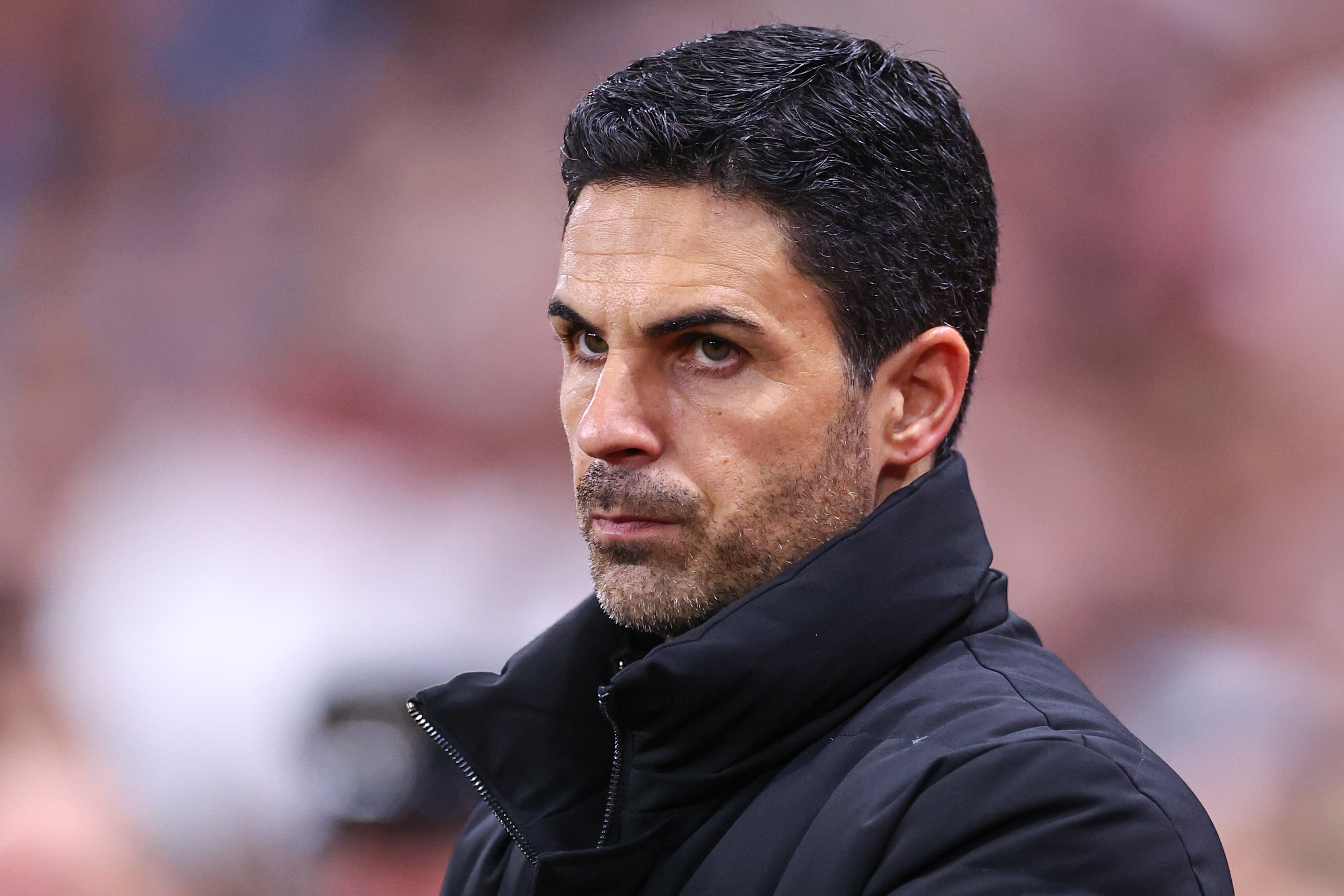Laceless football boots are at a crucial crossroads, but I’m not writing the obituary just yet
To lace or not to lace, that is the question being asked at all of the leading football boot brands right now, bar one
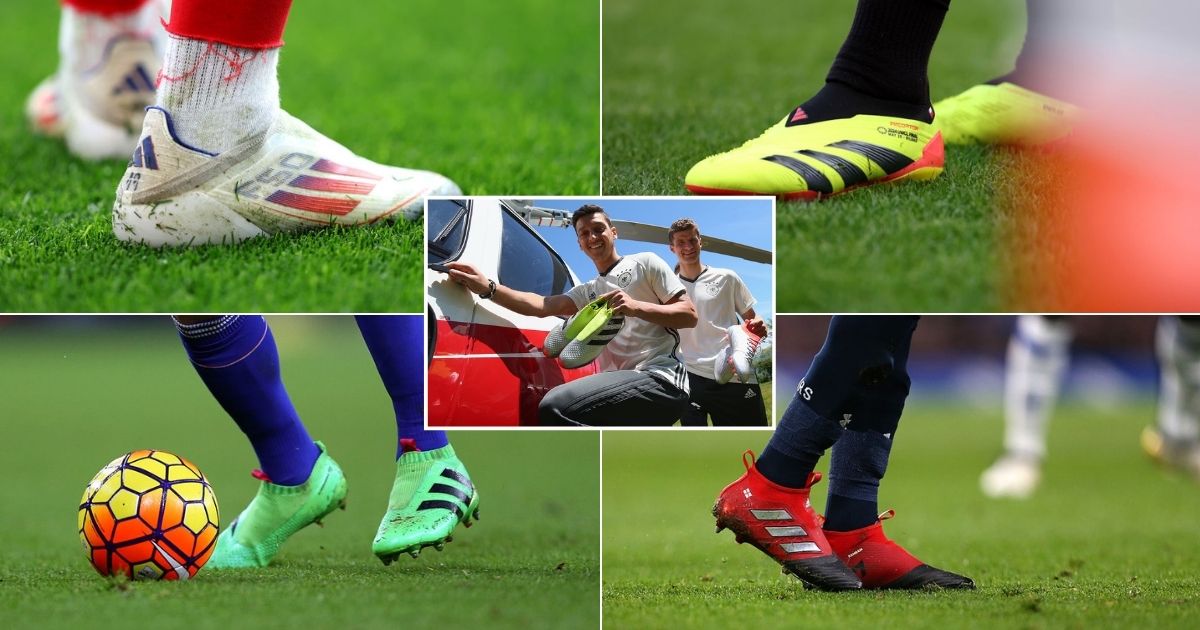
Laceless football boots have become a staple in the football boot market since the release of the Adidas Ace and X 16+ models in 2016. They have always been somewhat divisive, with many rejecting the idea out of hand and opting to continue wearing laced pairs and others converted straight away – drawn in by the clean look and perceived extra ease of a laceless pair.
Since the X and Ace 16, many brands have offered their own laceless models either as part of their regular in-line range or as special editions. As with anything else, however, some innovations are enduring and revolutionary – changing the common approach forever and others are simply trends that go as quickly as they came.
What category laceless technology is to belong to has become increasingly unclear over the last year or so with brands seemingly taking time to consider how heavily to lean into this particular style of football boot. Are brands slowly moving away from laceless or is it here to stay?
Think laceless football boots were invented in 2016? Think again
It is important to note that the Adidas 16 models were not the first ever laceless football boots. That honour is disputed between Ryal with the Anatomic Senza Lacci and Lotto with the Zhero Gravity in 2006.
These iterations stood alone rather than sparking any great shift in the market and the likely reason for why this was the case is also important when looking at the current and possible future of laceless boots today. Simply put, the early laceless boots were not good enough.
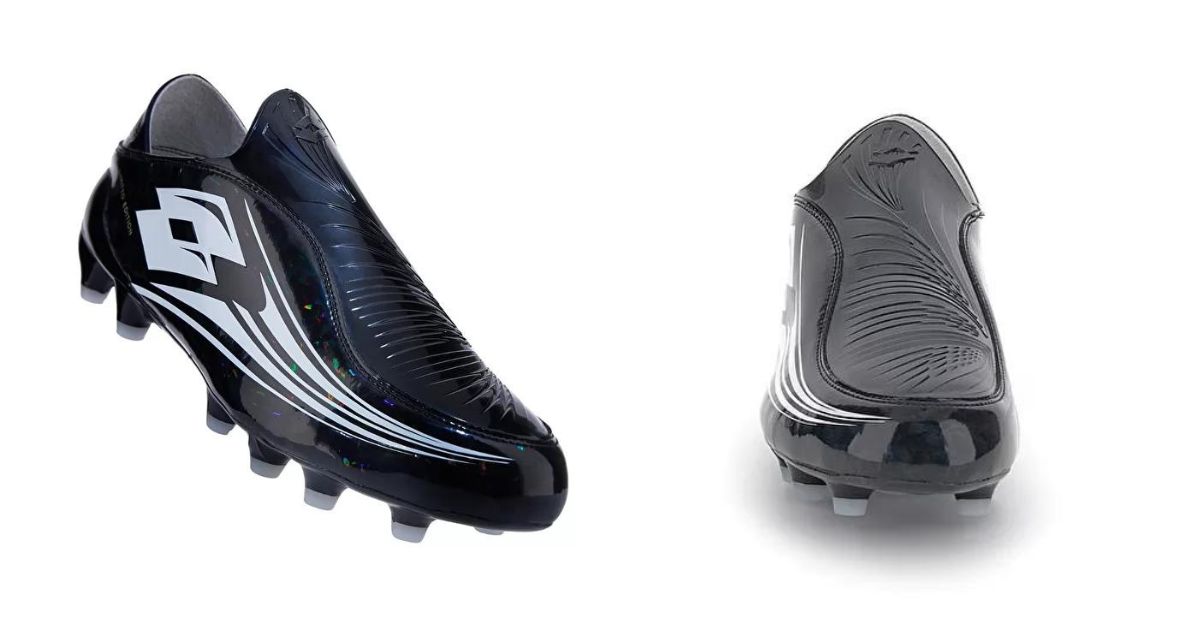
The Zhero Gravity is an iconic boot but the technology available was not capable of producing a comfortable laceless football boot, making it rigid and uncomfortable in comparison to everything else that was available at the same time meaning that it did not catch on.
Fast forward to 2024, and laceless boots are by far the best they have ever been with the introduction of knitted uppers contributing massively to the advancement of laceless technology. This technology has come on leaps and bounds with lockdown, the main bone of contention on a laceless pair, now at a good level in pairs such as the New Balance Tekela V4+ and Predator Elite Laceless.
Despite this continual improvement, however, lockdown in a laceless pair will still always be lacking in comparison to laced and this is something that is not lost on consumers and certainly won’t be lost on brands. As a result, it does seem that brands are asking themselves the question of how to position these boots given they, almost by default, perform slightly worse than more traditional counterparts.
Since becoming widespread, laceless boots have tended to form the centrepiece of whatever model they belong to. For Adidas, from their inception, the laceless versions of the X, Copa, Ace and the returning Predator that replaced it were the most expensive ‘+’ models compared to slightly cheaper ‘.1’ models with laces.
VIDEO How Arsenal's 10 Men Nearly Pulled Off The Impossible Against Man City
This was until the very latest models where the X Crazyfast and now the latest Predator saw the laceless model relegated from top spot with the returning folding tongue version in its place. With the Copa Pure 2, there is no laceless model at all.
Over at New Balance, the Tekela had long been only a laceless boot, but a low and laced version was introduced late last year and now seems to have taken precedence over the laceless version both in terms of marketing and with what players can be seen wearing on the pitch – the latter being one of the best indicators of brand priorities.
Puma, it is fair to say, has always flirted with laceless technology. Limited laceless versions of the Future have been released in the past and for the last few years, the brand has claimed that the in-line laced version can also be worn with the laces taken out.
It is telling, however, that the only permanent laceless boots that Puma release are at a lower price point where the performance expectations are not as high as their elite models. The Puma example is perhaps the most fascinating as when I visited the brand’s HQ with FourFourTwo in Herzogenaurach this summer, the concept Puma Future model envisaged for 2027 was a laceless model.
The best features, fun and footballing quizzes, straight to your inbox every week.
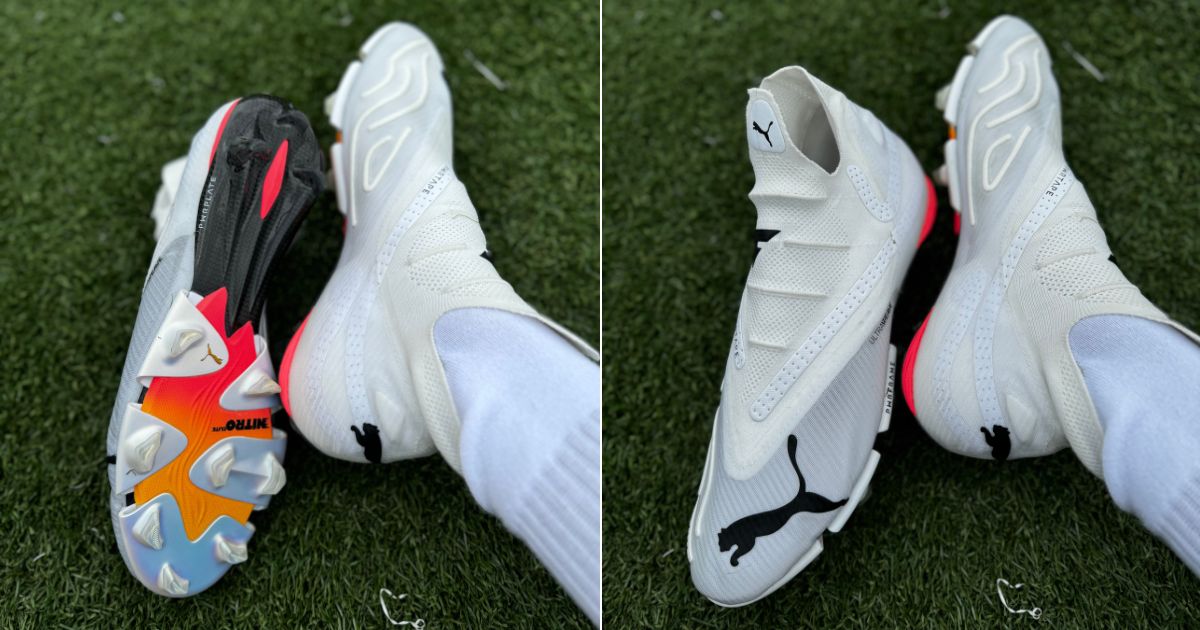
That concept is unlikely to be released in that form but the fact it had a laceless construction suggests that brands (or at least Puma) do see a future in laceless technology and it is perhaps a case of striving to reach a point where a boot without laces can perform to the same level or better as one with them.
The reign of a laced speed boot at the top of the Adidas range seemed to have been short-lived. For the first time since Adidas introduced their laceless models, the X Crazyfast+ premium option featured laces. However, a year on, and with the return of the F50, there are now two laceless models that come at a higher price point than the laced Adidas F50 Elite.
Despite this, the laced version appears to be at the forefront of most marketing of the boot and is the model seen most commonly on the pitch. It is also the bestselling of the three elite options.
Adidas has introduced an F50+ model featuring a ‘Lightstrike Pro Insert’ in the outsole to rival Nike’s Air Zoom and it intends to be the brand’s highest-tech speed boot. The fact that this is a laceless boot suggests that laceless boots have not yet been fully divorced from the ‘futuristic’ tag that has long been attributed to them but the mixed response to the decision to make such a boot laceless goes to show that this categorisation is one that is becoming increasingly scrutinised.
Interestingly, Adidas designer Arnau Sanjuan recently posted photos on Instagram of the various stages of development of the F50+ model from prototype to what has eventually made it to market and some of the earlier versions did include laces. To add to the uncertainty, Adidas athletes have been spotted in what look to be prototypes of an upcoming laceless version of the Copa. This would mean that Adidas are reintroducing a laceless Copa only a year after the first generation since 2018 not to feature one.
Exactly what this will look like remains to be seen but it would not be surprising to see these positioned beneath a slightly more expensive laced option. There is a kind of toing and froing at the moment, particularly with Adidas, around what exactly to do with laceless boots.
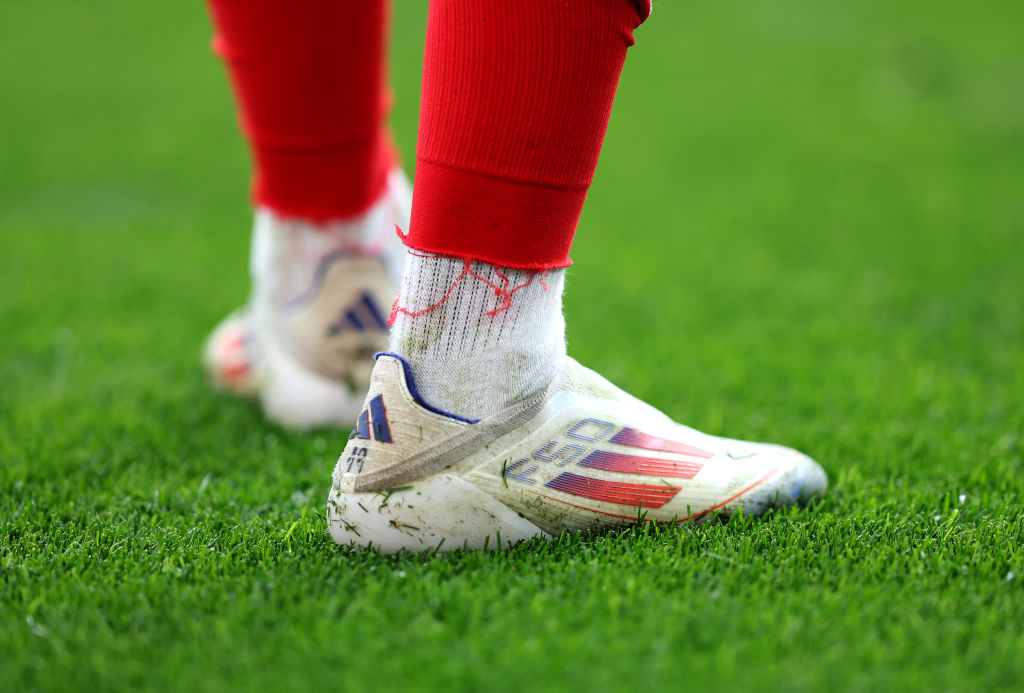
One brand is conspicuously absent in this debate. Nike has never released a laceless football boot.
The reasons for this can be debated but they have long positioned themselves as the pinnacle of performance and hyper-focused on the specifications of athletes. Could it be that they have simply never been convinced that laceless technology is at the level that warrants the creation of a new model alongside or instead of one of their laced options?
Models such as the Nike Phantom VSN have featured ‘ghost’ lacing to hide the laces, so Nike is at least on board with the clean aesthetic that comes with the removal of laces. But the fact that the market leader and one of its traditional innovators have decided against something that its competitors have made a norm is noteworthy, to say the least and instructive at the most.
To start writing the obituary for laceless boots would be premature. What does seem to be happening is that brands are considering how to position them within their range.
The idea of them as the pinnacle of what is available in terms of performance seems to have been quietly discarded as laceless models are taken out of the limelight somewhat. They are being repositioned as options within the brand’s ranges for those who prefer or are interested in the laceless experience rather than heralded as the best that a brand has to offer.
This sidelining is no doubt taking place alongside tireless work to advance the laceless boot to a point where it can stack up more favourably in comparison to laced boots. It may be the case that when designers at brands imagine the perfect football boot, they do not see laces but after around a decade of making laceless boots, as long as this goal remains a little too far out of reach, they will have to settle for a place on the subs bench as their more experienced teammate laces up and steps onto the field.
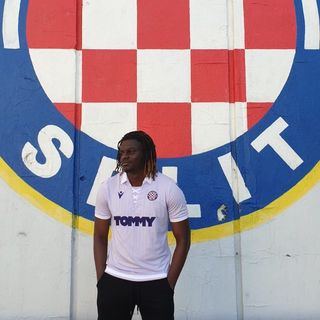
A football boot and shirt enthusiast who collects all kinds of kit and equipment, Lolade Jinadu is a social media influencer with over 40,000 fans on Instagram. Lolade boasts all kinds of boots in his extensive collection, from retro classics to brand-new releases and has an extensive knowledge of some of the biggest and best brands in the beautiful game, thanks to his years of sampling high-end products. Lolade reviews boots for FourFourTwo.
